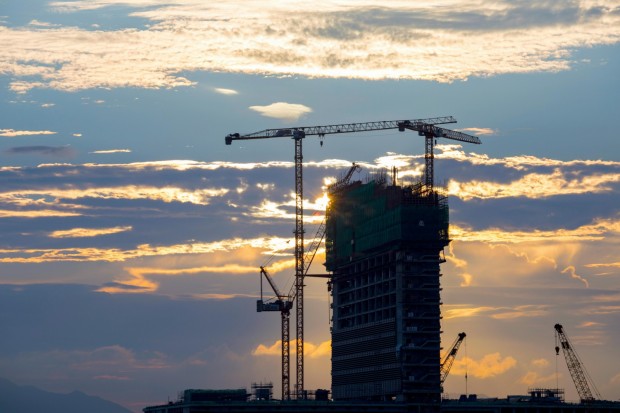The National Science Foundation (NSF), an organization in the United States that supports science and engineering research, is experiencing delays and budget overruns on its projects worldwide. These issues are affecting major initiatives, including the Vera C. Rubin Observatory and the Regional Class Research Vessels project.

(Photo : Pexels/Jimmy Chan )
National Science Foundation Project Delays
Although the problems that are causing delays in the schedules are different for each project, which is located all over the world, some problems are similar to each other. According to the National Science Foundation (NSF), the Regional Class Research Vessels (RCRV) project in the United States and the Antarctic Infrastructure Modernization for Science (AIMS) project at McMurdo Station have both experienced workforce shortages, each of which has its distinct causes, which are causing continuous construction delays. Particularly in Louisiana, which is the location of the RCRV shipyard, there needs to be more competent labor. This problem affects the entire shipbuilding business.
It was also mentioned that the shipyard was unable to meet the anticipated delivery date for the first of two vessels to be constructed as part of the project, which was on September 22, 2023. The NSF has seen an increase in funding, with the Rubin Observatory receiving the greatest funds. The government agency stated that the anticipated cost of $571 million is about $100 million higher than the initial authorization and more than $81 million higher than the modified prediction for the year 2024 and beyond. The current completion date is 2025, and it is anticipated that it will be thirty-one months behind schedule.
With a total value of $400 million, the RSRV project is currently thirty months behind schedule and fifteen million dollars over budget, which is expected to be completed in 2027. Building two detectors as part of the LHC upgrade projects is $17.8 billion more expensive than planned. However, the toroidal apparatus is 26 months behind schedule, and the small muon solenoid device is 22 months behind schedule. Now, it is anticipated that the two units will be constructed by the middle of 2028 and will cost $17.8 billion.
Accordingly, AIMS was the only project that came in at or below the permitted budget and under schedule. It is now expected that in 2027, AIMS will conclude 15 months earlier than projected and cost $135 million less than originally projected. On the other hand, the NSF will reevaluate the projects next month, and it is possible that additional delays may be revealed at AIMS due to limits on worker access and delays encountered by the lodging and storage facilities.
Also Read: Swiss Rail Operator Faces Backlash After Blowing Up Historic Bridge Without Proper Permits
Importance of the NSF in the Science Field
As a vital source of federal financing for fundamental and applied initiatives in the fields of social, behavioral, and psychological sciences, the NSF is a useful resource for academics and scientists working in the field of psychology.
As mentioned, with the National Science Foundation Act of 1950, the United States Congress of the United States founded the NSF in response to the scientific and technological advancements that happened as a direct result of World War II. Around 11,000 prizes were given out annually to students, teachers, and scientists, and the budget for this program was roughly $8.5 billion at the beginning of the 2020s. In the United States, it was a significant source of funding for basic research because it contributed approximately one-fifth of the overall federal assistance for fundamental scientific research conducted at university institutions.
Related Article: World Bank Provides $1 Billion Loan for Pakistan's Largest Hydropower Plant Amid Development Challenges







